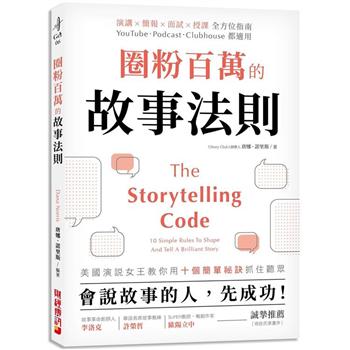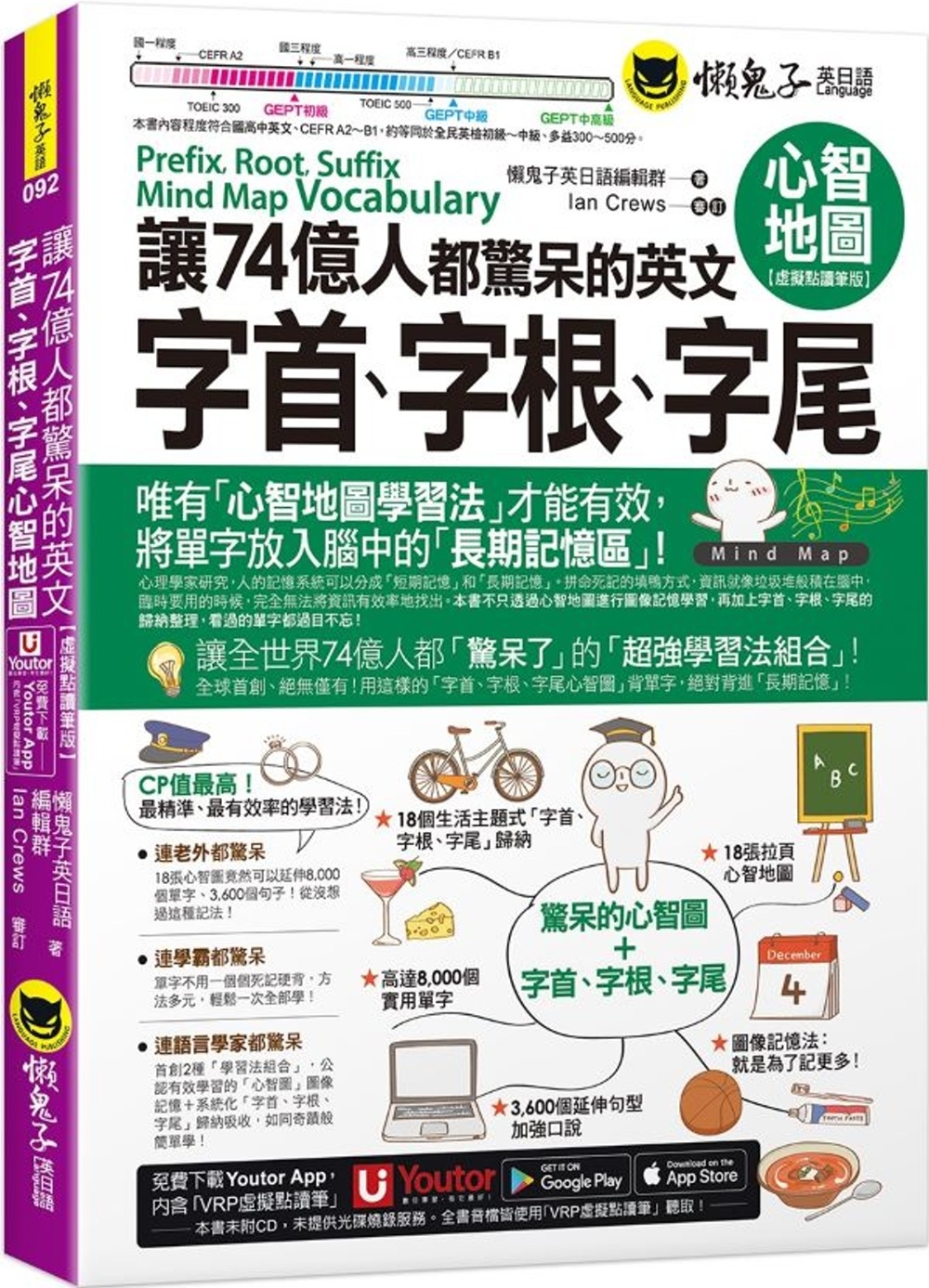From the diverse proto-musicals of the mid-1800s, through the revues of the 1920s, the ’true musicals’ of the 1940s, the politicization of the 1960s, the ’mega-musicals’ of the 1980s, and the explosive jukebox musicals of the 2010s and ’20s, every era in American musical theatre reflected a unique set of socio-cultural factors. This new edition has been brought up to date to include musicals from the last ten years, reflecting on the impact of Covid-19 and the state of the contemporary musical theatre industry.
Author Nathan Hurwitz uses these factors to explain the output of each decade in turn, showing how the most popular productions spoke directly to the audiences of the time. He explores the function of musical theatre as commerce, tying each big success to the social and economic realities in which it flourished. This textbook guides students from the earliest spectacles and minstrel shows to contemporary musicals such as Hadestown, Six, and Back to the Future. It traces the trends of this most commercial of art forms from the perspective of its audiences, explaining how staying in touch with writers and producers strove to stay in touch with these changing moods. Each chapter deals with a specific decade, introducing the main players, the key productions, and the major developments in musical theatre during that period. This new edition has been updated to include the 2010s and 2020s, including the impact of Covid-19 on the American Musical Theatre industry, and new features such as end-of-chapter questions for class discussions.
Ideal for undergraduate students of Musical Theatre, this is the most comprehensive and accessible guide to the history of the American Musical from the mid-1800s to the present day.












